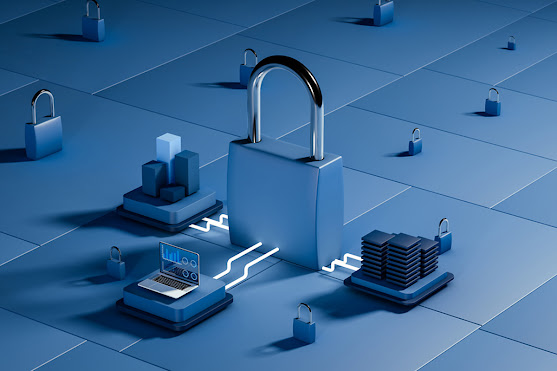Alec Kassir Miami- Keeping Networks Safe: Detecting vs. Stopping Cyber Attacks!!
Maintaining the security of our networks is crucial in the age of digital attacks. The two primary contributions are intrusion prevention systems (IPS) and intrusion detection systems (IDS). However, how do they safeguard our virtual environment, and what distinguishes them? Let us simplify the workings of IDS and IPS. Under the leadership of Alec Kassir, let's know about detecting and stopping cyber attacks.
 | ||
| Alec Kassir Miami- Keeping Networks Safe: Detecting vs. Stopping Cyber Attacks What is an intrusion into a network? To start with, a network intrusion occurs when an unauthorized user enters a digital network. This may result in data theft and network security breaches. Threat actors are bad people who employ various techniques, such as viruses or tricks, to get into networks. Identifying Weak Points: We need to identify these weak points to strengthen our systems against these techniques. These include things like outdated software, people deceiving us for information, and viruses infiltrating our machines. For the security of our systems, these must be checked frequently. Reasons for Needing Increased Security: The traditional defenses, such as firewalls and simple antivirus software, are no longer enough. Technology is making the bad guys smarter, so we need more defense to fend against their new strategies. Intrusion Detection System (IDS): As it searches for issues in our systems, an IDS functions similarly to a vigilant eye. It's not in harmony with the network's traffic flow. As an alternative, it monitors operations from a distance and notifies superiors of any suspicious activity. Intrusion Prevention System (IPS): IPSs are not simply for observers. It detects problems early on and takes immediate action to try to resolve them rather than just reporting them to higher authorities. It functions as the network's active guard.
|




Comments
Post a Comment